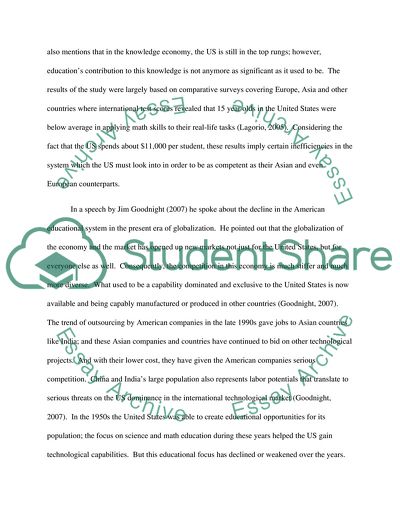Cite this document
(“Weakening of the United States Education System Essay”, n.d.)
Weakening of the United States Education System Essay. Retrieved from https://studentshare.org/education/1559826-weakening-of-the-united-states-education-system
Weakening of the United States Education System Essay. Retrieved from https://studentshare.org/education/1559826-weakening-of-the-united-states-education-system
(Weakening of the United States Education System Essay)
Weakening of the United States Education System Essay. https://studentshare.org/education/1559826-weakening-of-the-united-states-education-system.
Weakening of the United States Education System Essay. https://studentshare.org/education/1559826-weakening-of-the-united-states-education-system.
“Weakening of the United States Education System Essay”, n.d. https://studentshare.org/education/1559826-weakening-of-the-united-states-education-system.


